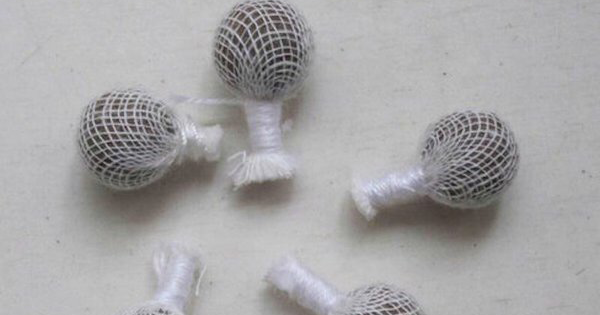In May 2015, 58-year-old Judy Slater experienced a stroke as she tried to get out of bed. She fell, unable to fully get up and stand because the entire left side of her body was paralyzed.
Slater immediately went to the hospital, but doctors could do little to help her regain movement aside from wait. It took her quite some time to regain use of her limbs.
At present, Slater can walk, but she has to wear a brace because the left side of her body is still limited and her arm is still paralyzed.
It’s patients like Slater who Dr. Andre Machado wants to help with his pioneering surgical procedure: deep brain stimulation (DBS). Dr. Machado hopes to implant electrodes into the brains of stroke sufferers that will sent electric pulses through the body, helping these patients regain the movement and mobility they lost because of the stroke.
“We are frustrated with the state of post-stroke care as it is today,” Dr. Machado said. “The goal is to give people better recovery to gain independence.”
On December 19, Slater decided to be Dr. Machado’s first patient for the DBS procedure. “I was nervous,” she confessed. “You don’t want anyone messing around in your brain, but I am curious to see if it’s really going to work.”
Now, just a couple days after the new year, Slater is recovering well from the procedure.
The electrode stimulation has yet to be activated, but she is undergoing the physical therapy that Dr. Machado prescribes for patients who undergo DBS.
In three months, the stimulation will be turned on. Three months after that, it will be switched off, to see if the effects of the electrodes will remain, even in their absence.
But even without the added electrode stimulation, Slater already reports that she is feeling improvement in her ability to move. She can now move her left arm to the height of her shoulder.
When it comes to the prospect of turning on the electrodes, Slater admits, “I am excited. I want to get back to everything working.”
You can watch a brief interview of Dr. Machado here:





